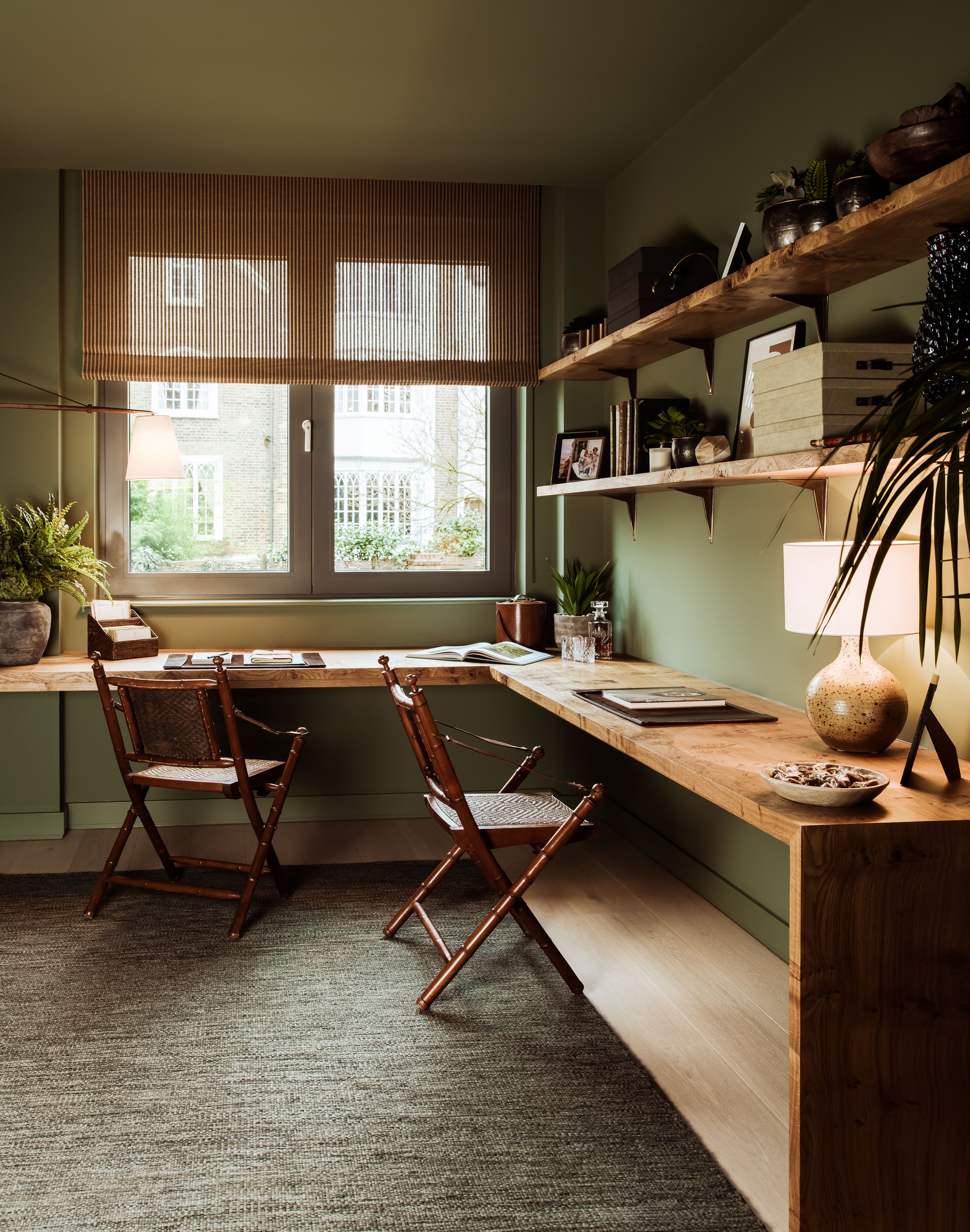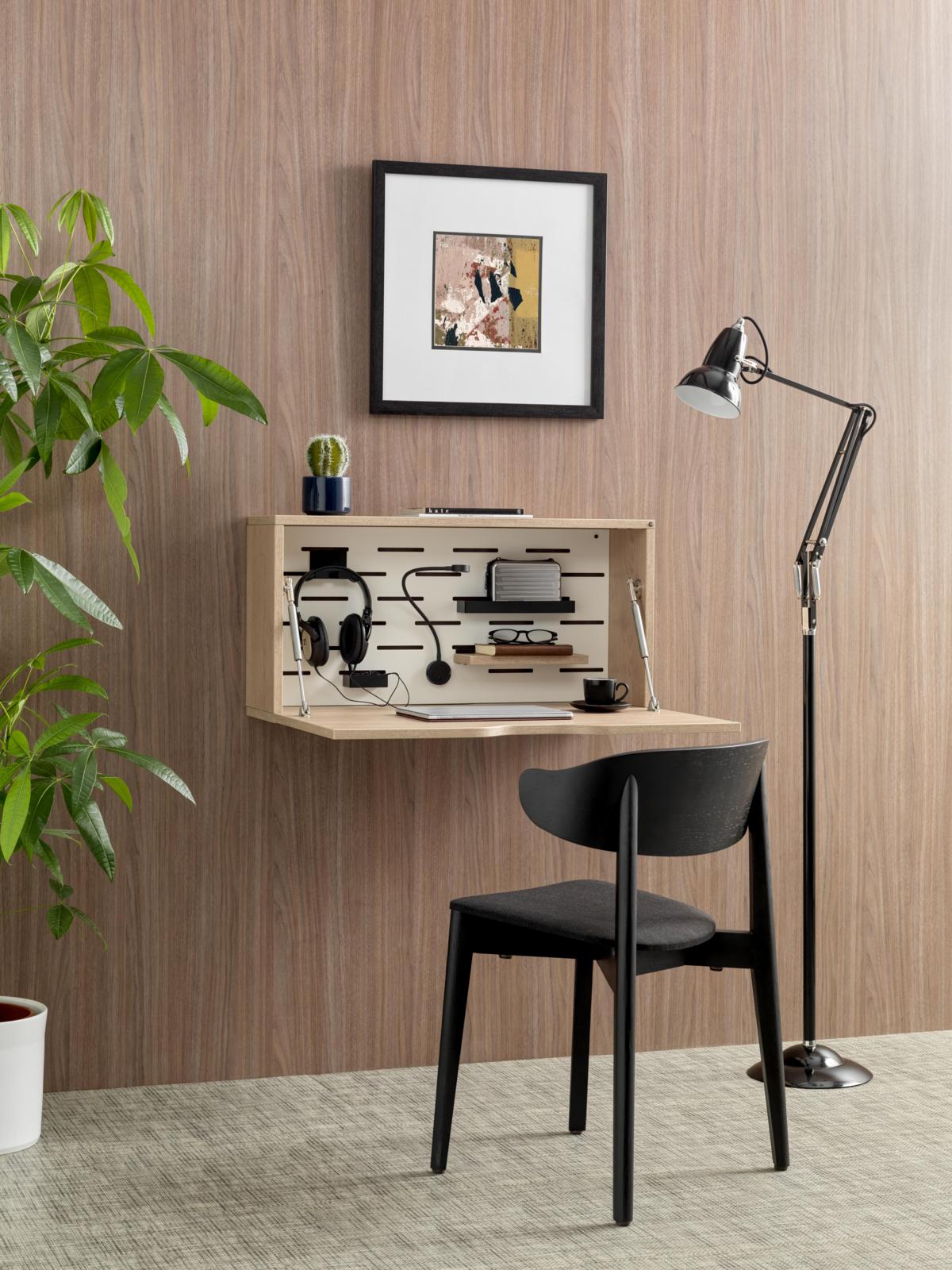How to check your wifi signal strength, improving almost everything you do at home
Your wifi signal strength holds the key to everything you do at home - from working to streaming to asking Alexa for things. Here's how to check it and improve it

If your wifi signal strength seems slow and web pages - or worse, Netflix - won’t load it’s time to check your speeds and make sure you’re getting what you pay for. Here’s how to get started.
With so many of us working from home, the speed and strength of our broadband is more important than ever. A sub-par signal can mean disastrous Zoom calls with key clients, and if your wifi can’t stream to your home office, basic functions become impossible. And that’s even before we start streaming music and binge watching movies.
But before you invest in one of the best wifi extenders, there are things you can do to improve your home’s broadband, and they start by checking just how fast everything is working. Try these steps and follow our top tips to get the best service for work and play times.
How to check your WiFi signal strength

1. Broadband and Wi-Fi, what’s the difference?
If you’re having internet issues it can be hard to know if it's your home Wifi or your broadband that's slow. These are two separate things, but both impact greatly on your ability to get online and stream content. Knowing the difference will allow you to workout how to make wifi faster.
Broadband is the actual internet connection that comes into your house from a box in the street along either a standard copper cable or faster fibre optic. It’s the most common way to give a home internet.
Wifi is a way for your broadband connection to be distributed to your devices (like laptops, smart devices and consoles) wirelessly. The broadband cable is plugged into a wireless router which provides your devices with internet access without needing to be plugged in manually.
2. Check the speed of your broadband

Broadband Speed Checker is a simple online tool that shows your home’s download and upload speeds. The 30 second test will show results in Mbps (megabits per second) and as a basic guide a good download speed is at least 25 Mbps, and a good upload speed is at least 3 Mbps.
The Livingetc newsletters are your inside source for what’s shaping interiors now - and what’s next. Discover trend forecasts, smart style ideas, and curated shopping inspiration that brings design to life. Subscribe today and stay ahead of the curve.
The speed test should also show your 'ping' which is the latency of your connection. This is important for real-time applications such as online gaming and video calls. The lower the number the better. This is just one of the best wifi booster apps that can help.
Why bother to test your broadband speed? Firstly, you can check that you’re getting the speeds you’re paying for, and if there’s an issue, you can take up with your broadband provider. It’s also a great way to compare the speeds you’re getting with other networks, and upgrade if necessary.
When running the test make sure nothing else is using your internet connection, and if possible, plug your laptop into your router for the most accurate readings.
3. Check your WiFi speed
It doesn’t matter if you have lightning fast broadband if your WiFi speeds are tortoise slow. Many Wi-Fi speed apps actually just test broadband speed, but Wi-Fi Speed Test for Android and Wi-Fi Sweetspots for iOS do it well.
The beauty of these apps is that you can use them to discover the best and worst spots in your home for WiFi signals. If you take time to experiment with it you’ll also be able to identify the optimal spot for your wireless router, as well as pinpoint where you might need to install WiFi extenders.
4. Run a speed test using your wireless provider

Depending on the wireless router you use, it is often possible to also run a speed test through its dedicated smartphone app. Google's Nest Wi-Fi includes the ability to run a speed test. Some can even be linked to your smart speakers, so you can simply ask ‘How fast is my internet?’
5. What broadband speed do you need?
A basic service offering speeds between 3Mbps to 8Mbps will be good enough for light browsing, email, video calls, and streaming video. 12Mbps to 25Mbps should be good for a small family with medium to high usage, while anything over 25Mbps is great for a house full of gamers, HD video streamers and internet addicts.
6. Discover what’s slowing up your internet speed
Internet speeds vary depending on many factors including everyone at home bingeing Netflix at the same time, or playing data heavy games. With so many uses for wifi in the home now, some could be draining your juice without you even realising. Your broadband can also slow down if more people are online in your local area, or if there’s a wider network fault. You can check for and report faults by going online to your service provider’s website.
And don’t forget that big houses, your distance from the router and the thickness of your walls can all play havoc without your WiFi speeds no matter how fast your broadband is. Do the tests above and pinpoint the weak spots.
7. How to improve your home's wifi
Amazingly the vast majority of broadband issues can be fixed by restarting your router. Yep, turning it off and on again really does work, especially if it needs a software upgrade. If your broadband router is more than a couple of years old you may also be eligible for a free upgrade, so do contact your network provider.
To get the best possible broadband speeds the answer is to plug your computer. Console or smart TV directly into the router. For many people this isn’t practical though, but if you need the strongest wi-fi signal, working in the same room as the router, or investing in a WiFi extender could be the answer.
But failing that, make sure your router is positioned as high up as possible and in the middle of the home. Behind the sofa is not ideal. If the router comes with an antenna experiment with moving them around to direct the WiFi signal as far as possible.
Chris Haslam is a UK-based journalist who specialises in writing about tech, gadgets, audio, lifestyle and eco living. He regularly writes for Livingetc, and also contributes to WIRED, T3, Stuff, Ideal Home, House Beautiful, Your Home, Homes & Gardens, Grand Designs, Real Homes, Good Homes, Beautiful Kitchens, Country Homes & Interiors, Tesco Magazine, Style at Home and British Airways High Life Shopping